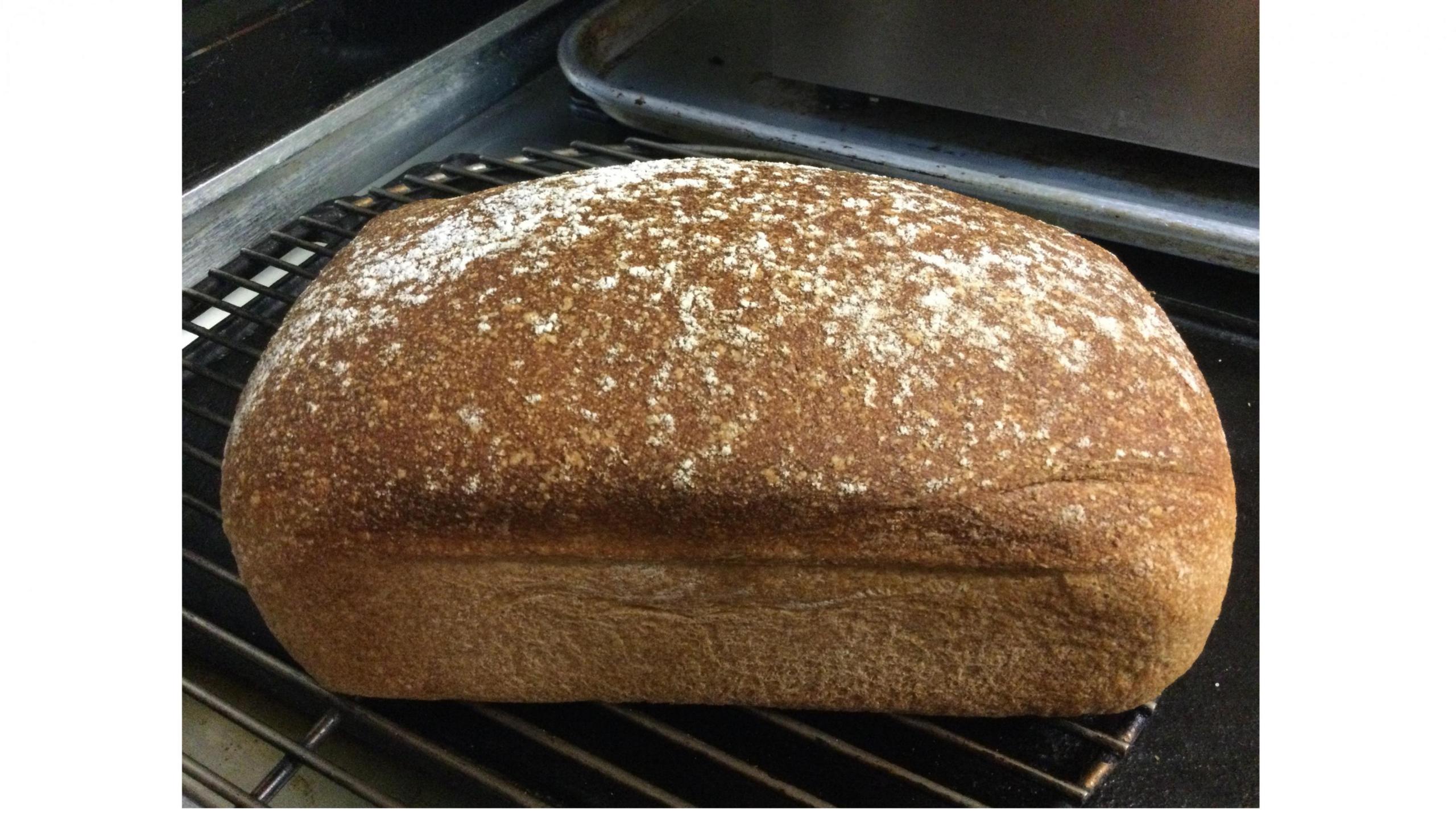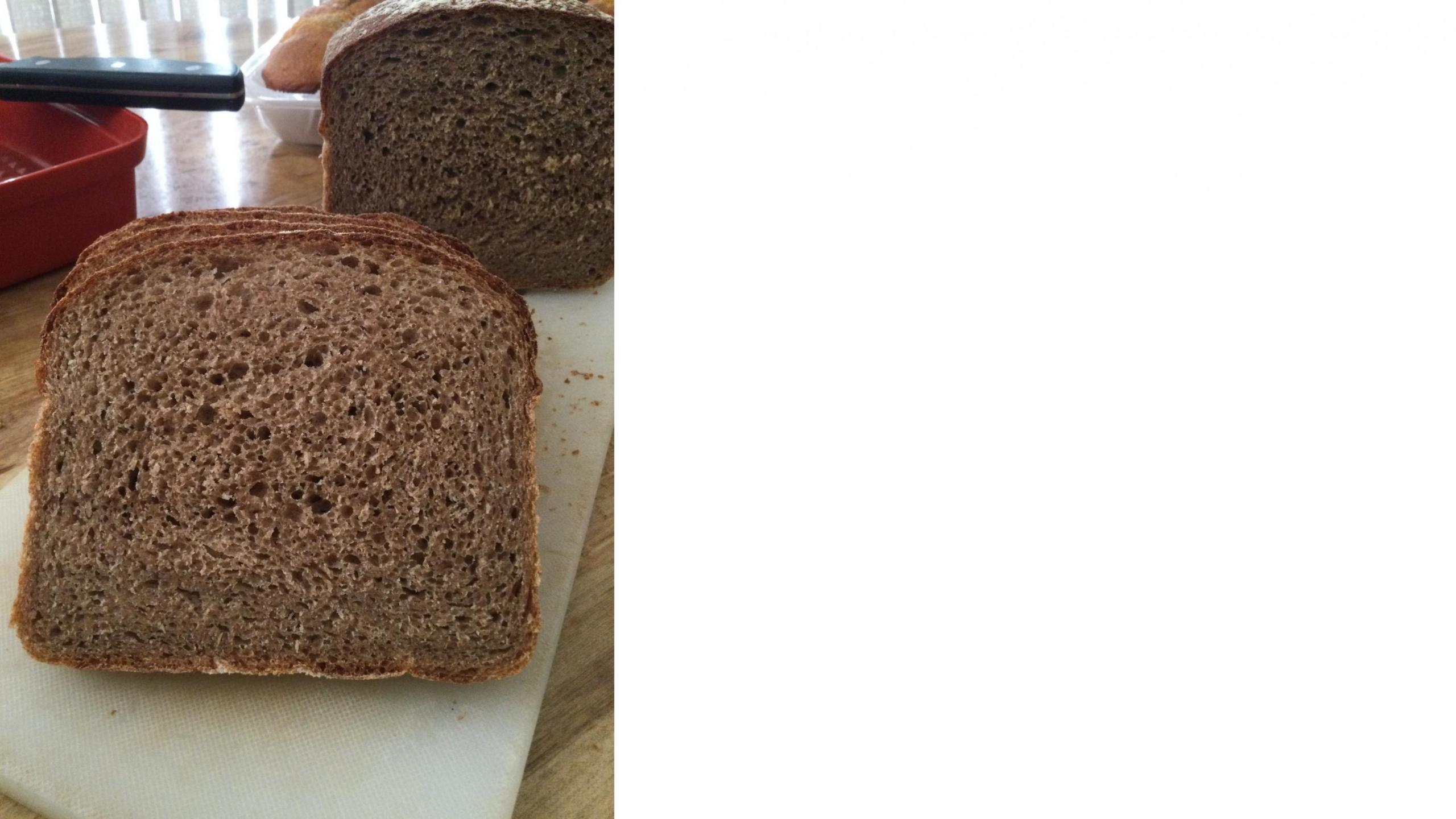Having friends over gives me an excuse to bake dessert. Bags of lemons were on sale so I decided to bake a lemon tart. I hadn’t tried lemon curd with chocolate before so decided to bake my chocolate pate sucrée for this tart. Since the curd recipe leaves me with 4 egg whites I decided to make Bravetart’s marshmallow meringue to top the tart and then torch the meringue for a nice finish. The eggs were farm fresh free run chicken eggs from our friend’s country home, so most of the yolks were such a beautiful orangey yellow, it was almost a shame to cover the curd with meringue!
The lemon curd is nice and sharp without being to sweet. The curd goes extremely well with the chocolate pastry. I reduced the sugar in the meringue because I always find meringue too sweet, this meringue was good.
For the pastry - pate sucrée
75g icing sugar
250g plain flour
125g butter
1 large egg, beaten (plus 1 large egg white, depending on consistency)
Cocoa powder variant - add 4.5 tbsp cocoa powder 31 g
Pinch of salt and 1 tsp vanilla
Put the icing sugar, flour and butter into a food processor and blitz to breadcrumbs. Continue to blitz, and gradually add the whole egg until the dough comes together. You can check to see if it is hydrated enough by carefully picking a small amount up and compressing it to see if it forms a cohesive dough, if it does not, you may need to add a little of the egg white. Form the dough into a little round, cover with clingfilm and rest in the freezer for 10 minutes.
Roll the dough out to 12” diameter between two sheets of parchment paper (keep one for later). If cracks form during rolling, just dab a bit of water on the cracks and bring the edge back together. Remove the top parchment paper and transfer to the tart pan. Gently press the dough into the pan ensuring that it goes into every nook and cranny. Avoid stretching the dough as that leads to excessive shrinkage during baking. If there are cracks just use excess dough that is above the pan edge to fill the crack smoothing it out quickly with your fingers trying not to melt the butter. Dock the dough.
Chill it for 30 minutes in the freezer, this helps avoid shrinkage. Pre-heat your oven to 350F (180C) while the tart dough is chilling in the freezer. Once the oven is ready line the top of the crust with foil or parchment paper and place pie weights or dried beans to keep the pie crust from puffing when baking.
Bake the pâte sucrée for 20 minutes. Carefully remove the parchment paper filled with weights and bake for 15 more minutes, until the edges of the crust are golden. (I needed an additional 5 mins so bake for 20 mins once the pie weights are removed)
Set the tart shell aside to cool (still in the dish). Leave your oven on at 350F/180C. Since we’re adding a partially cooked filling, the tart shell doesn’t need to be fully cooled.
In the meantime, make the lemon filling.
Grab a fine-mesh strainer before you start and have it ready within arm’s reach.
For the lemon filling :
1 cup (250ml) lemon juice (about 4 lg lemons)
Zest of 2.5 lemons (organic lemons)
3/4 cup (150g) sugar
1/4 tsp salt
¾ cup (170g) unsalted butter, cubed.
4 large eggs + 4 large egg yolks
In a medium saucepan (no heat yet), whisk together the lemon juice, lemon zest, sugar, salt, egg yolks and eggs. Add the cubed butter and turn the heat to medium. Whisk slowly until the butter is all melted. Continue whisking steadily until the mixture thickens to a thin custard consistency. This took about 20 mins.
Immediately pass the lemon filling through the fine mesh strainer, directly into the tart shell. You may require a third hand to help get all the curd out of the pot into the strainer. Gently tap the tart on the counter a couple of times to eliminate air bubbles. Using an offset spatula (or back of a large spoon), smooth out the top of the filling. Bake the tart for 5-6 minutes, until the filling has slightly set and turned slightly deeper in color.
Set aside to cool for at least 30 minutes. Enjoy slightly warm or chilled.
Marshmallow Meringue
halve the ingredients to use the 4 egg yolks left over from the lemon curd.
1 cup | 8 ounces egg whites, from about 8 large eggs
1¾ cups | 12 ounces sugar or Roasted Sugar (page 102)
Consider reducing sugar as the meringue is very sweet.
½ teaspoon Diamond Crystal kosher salt (half as much if iodized)
¼ teaspoon cream of tartar
¼ teaspoon rose water, or seeds from 1 vanilla bean (optional)
Key Point: With gently simmering water, the meringue should cook fairly fast. If you find the temperature climbing too slowly, simply crank up the heat.
Fill a 3-quart pot with 1½-inches of water and place over medium-low heat, with a ring of crumpled foil set in the middle to act as a booster seat. In the bowl of a stand mixer, combine egg whites, sugar, salt, cream of tartar, and rose water or vanilla bean (if using). Place over steamy water, stirring and scraping constantly with a flexible spatula until thin, foamy, and 175°F on a digital thermometer, about 10 minutes. Transfer to a stand mixer fitted with the whisk attachment and whip on high until glossy, thick, and quadrupled in volume, about 5 minutes. Use immediately.
Pipe on to the lemon curd, then using torch, burn the meringue.
My index of bakes.







































